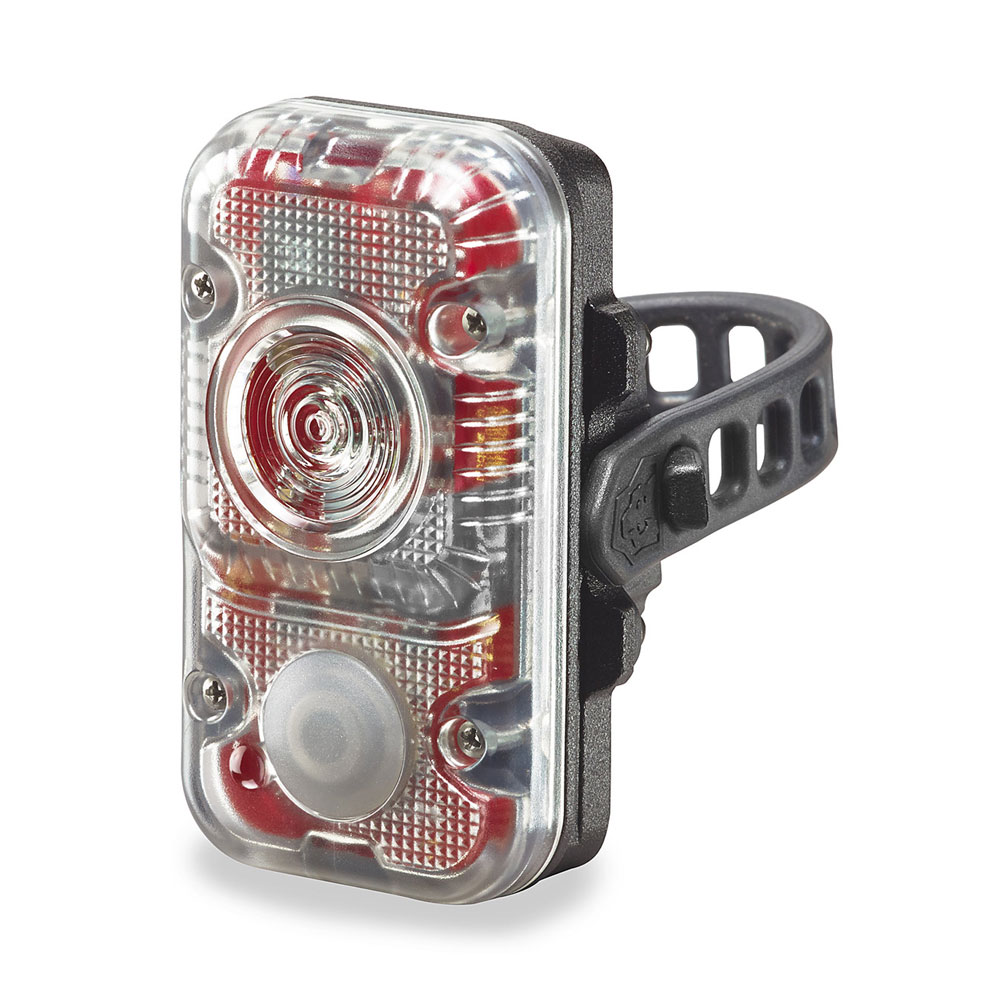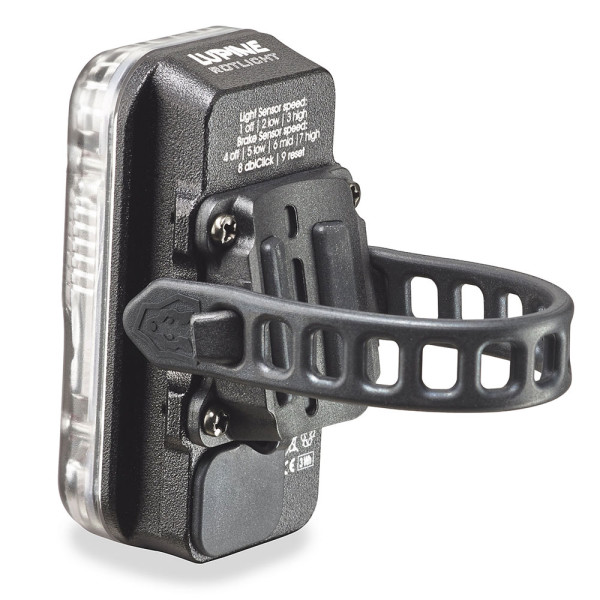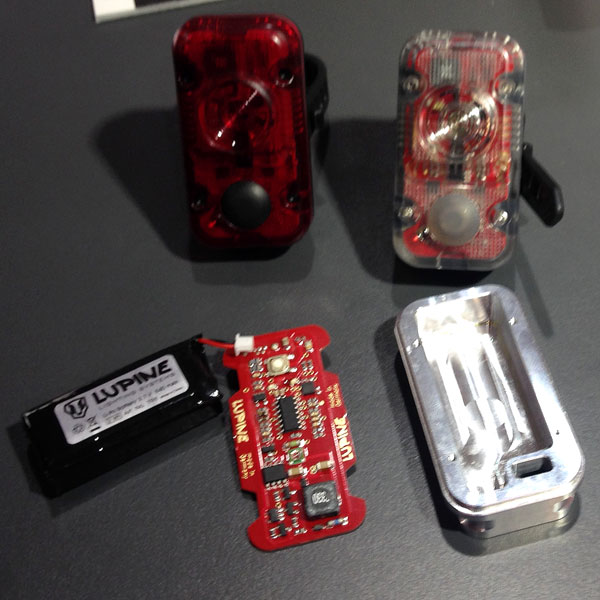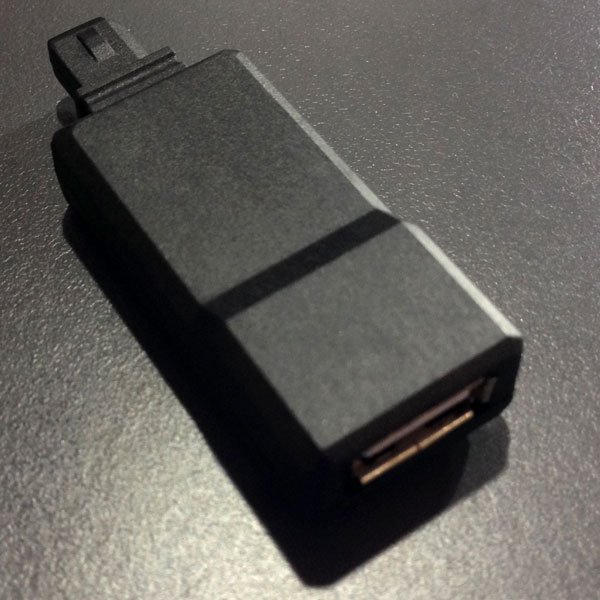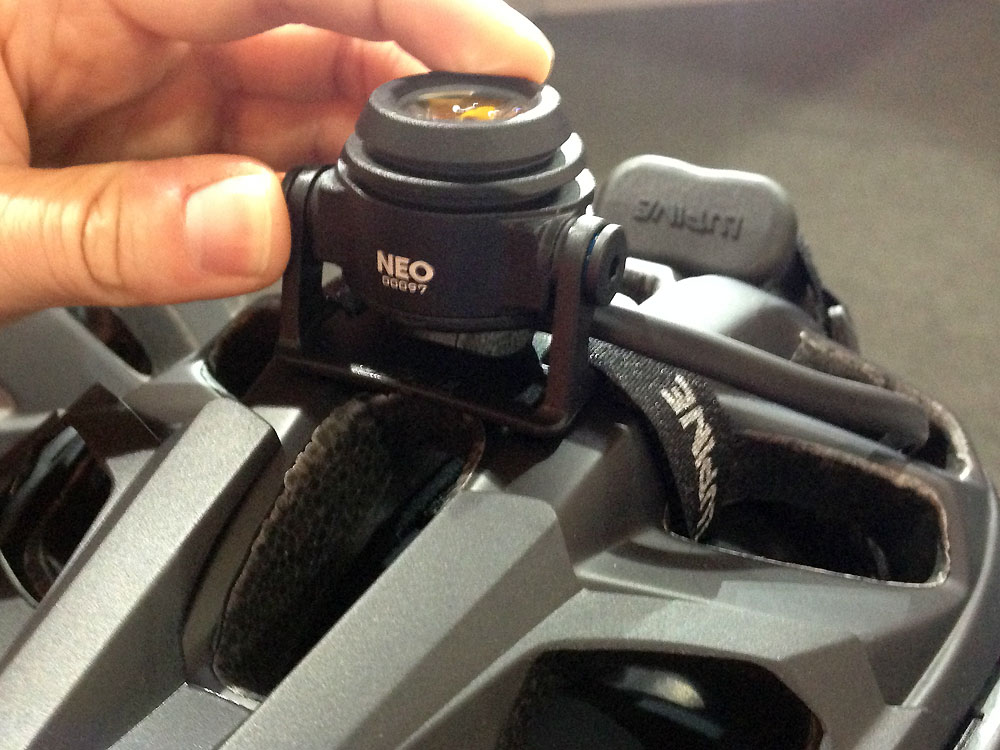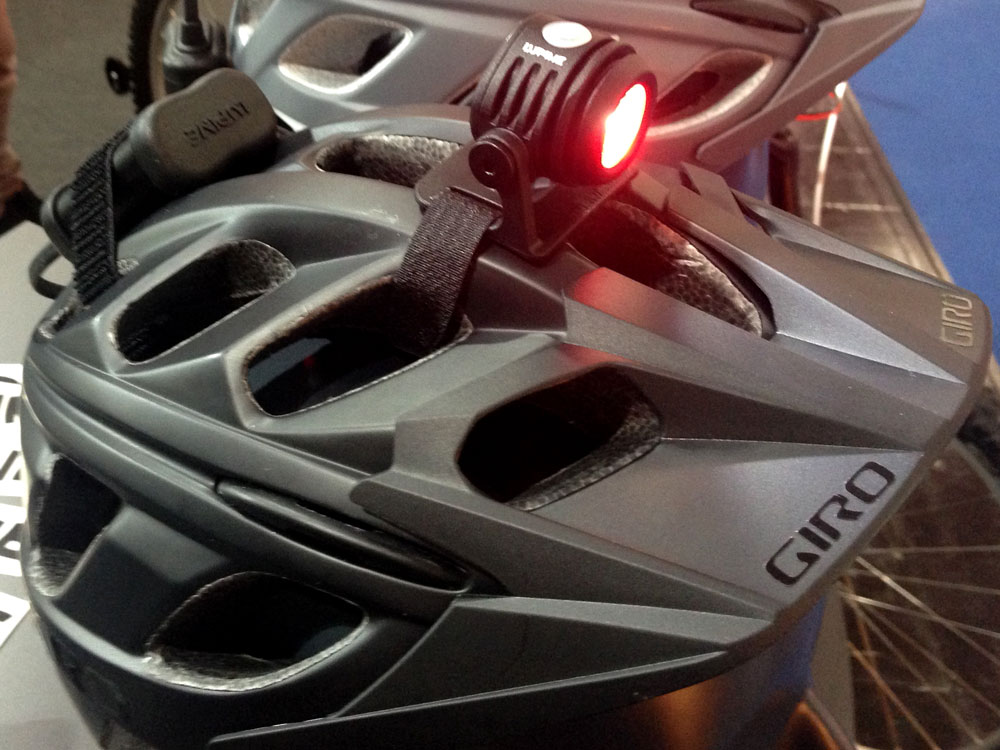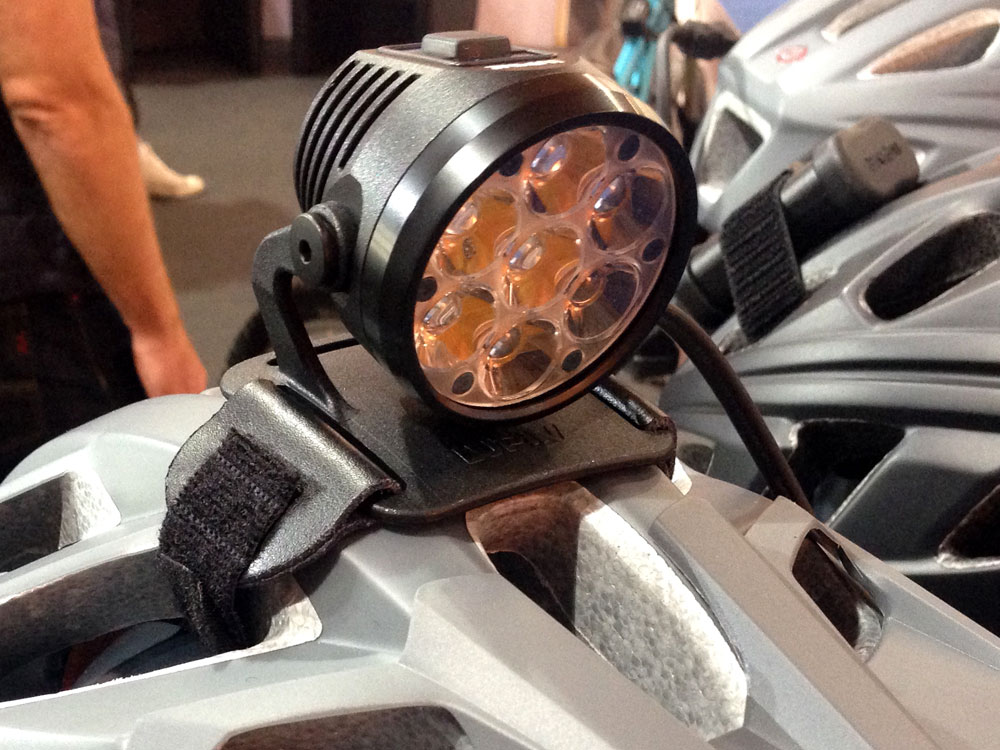Known for their eye-searing LED headlights, german Lupine just introduced an innovative taillight. Built with the same craftsmanship as the rest of their products the Rotlicht (translated to the very concise Redlight) offers exceptional rear visibility with the added benefit of an integrated brake light feature.
Drop in below for the low down on how it performs, pricing and availability, plus their new lower-cost headlight, and across the board updates…
The Rotlicht offers 160 lumens of bright red LEDs powered by an integrated and micro USB-chargeable Li-Ion battery. Built on a machined aluminum housing, the circuitry includes an on-board accelerometer that detects sudden deceleration of the light unit and increases the light’s brightness. We got a demo of the show and it seemed pretty effective. Regular movement and vibration (read: shaking) from use doesn’t activate the brightening of the light until a regular, significant deceleration occurs. We think it will work best during road riding use, and will likely only react to more sudden braking vs. just scrubbing speed slowly, but in reality that is probably where it is best served. We talked with Lupine about it for quite a bit, and hope to have one in hand to test in about a month’s time.
The light has a single button that cycles through several different steady light levels and flashing modes, with the braking feature automatic. Selecting the mode is a mix of pressing and holding the button that really only makes sense once you have it in your hand for a few minutes. Another unique feature of the Rotlicht is a light sensor that automatically adjusts light output as your ride gets brighter or darker. Mounting is with a simple rubber strap that will easily attach to most all seatposts or frame tubes (26-45mm diameter). Typical run time on a single 4hr charge is about 10hrs; 2hrs at full power to 80hrs in flashing mode. The light will be available to customers before the end of September for €85/$110.
Also of note in the small bits area was the new USBOne, a USB dongle/convertor that allows you to charge a phone of any other USB powered device from a standard Lupine battery pack. It could be a great way to extend the usage of GPSes and mobile phones on extended tours. Pricing wasn’t available but expect it to be one of the more affordable accessories from Lupine.
The Neo 2 is Lupines newest entry-level helmet-mounted headlight, putting out 700 Lumens of light with a 120m long beam. It has a nice even light near-to-far distribution pattern that should make it a decent light off-road and perfect on the road. The goal in developing the light was to simplify technology and manufacturing of the popular Piko light to get the price down, which they did by €80. The biggest cost savings was by incorporating the LEDs into a a round bored head unit that drastically reduced manufacturing time vs. the more complicated CNC machining of the higher-end lights.
One of the unique features of the light as we saw in the display is a mode that runs a series of red LEDs inside the lens. This provides enough light for viewing maps inside a tent for example, or for walking around at night when you do not want to startle wildlife. It also uses such low power that it doesn’t really affect your overall burn time.
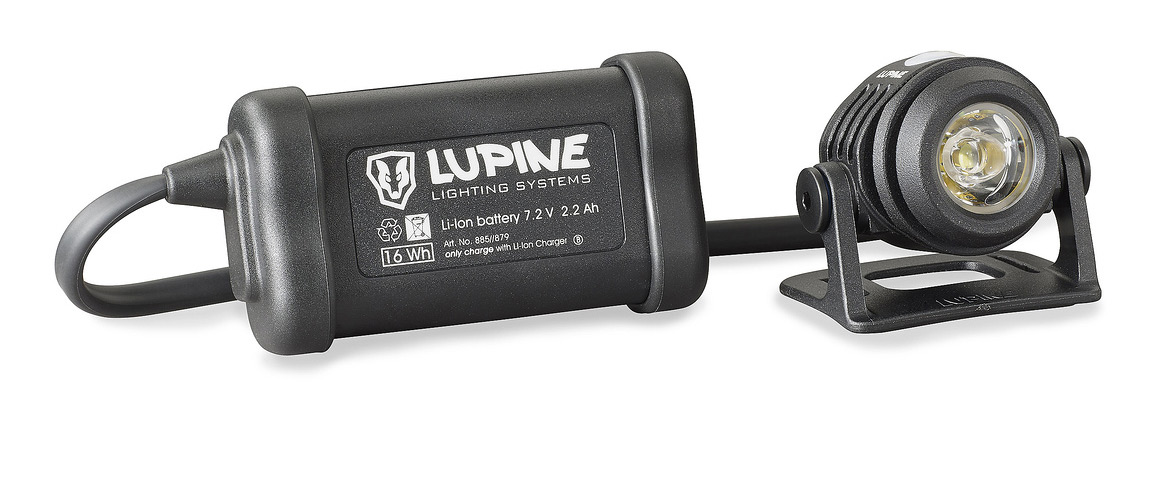
The Neo still uses the same CREE XM-L2 Chip as the Piko, and puts out more light than the Piko did when it was first introduced. It has several different brightness modes from 35-700lumens, which are again accessed from a single button, plus 2 SOS modes. The helmet mounted (or stuffed in a jersey pocket or Camelback) battery is the smallest and lightest offered by Lupine, but still delivers more that 2 hours of burn at full power or more than a week of commuting at a typical lower level. A separate €30 headband turns the Neo into a great headlamp as well.
Specifications
- 50g lamp head
- 115g Li-Ion battery
- 2hour 15 minute runtime at full power 7W/700lumen to 50hours at the 0.3W/35lumen minimum
The Neo2 retails for €180, including the light head, helmet mount, 2.2Ah battery, diffuser cap/lens cover, 120cm cable extension, and wall charger, and is available now.
A last note from Lupine would be across-the-board updates to it headlights. Since the middle of the summer new versions of the Piko, Wilma, and Betty R have been shipping. The updates include:
- a new “all-black” finish simplifying their appearance
- new switching controls, that now go straight to off, instead of first to the next dimlevel
- new improved male cable connectors for the Piko line
- better thermal management, to keep lampheads from overheating, even when accidentally left on
- optimized light programming for Wilma and Betty with an integrated flashing mode
- optimized lens for Betty with more middle intensity, and smoother side illumination
- software optimization of the SmartCore batteries, removing a potential for user re-calibration
Plus, don’t miss checking out Lupine’s very cool online comparison tool for their light systems. You can see a sample of the light output of all of their lights at each setting level, and also see the runtime at each setting.
